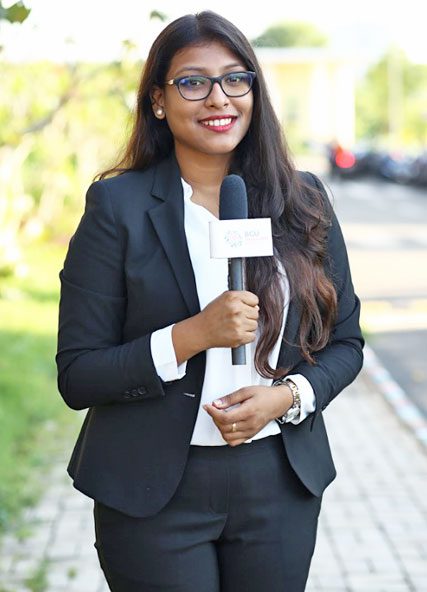




Mass communication worldwide is progressing at a dizzying speed. The state of the art communications hardware, evolving information technology and the internet have completely changed the rules of the game. The communication revolution is upon us, with all the potential of enabling us to close the information gap with more advanced societies, reducing disparities within our country and generating major social change. India’s mediascape indicates that mass media in the world’s second most populous country is truly unique. Unlike in the developed countries of the West, in India, all mass media – print, television,radio, cinema and the internet – have been growing simultaneously and are expected to continue to grow in the foreseeable future. The media industry in India is growing in leaps and bounds. According to FICCI-KPMG report (2016), Indian media and entertainment is set to reach Rs 2,260 billion by 2020. India will outpace overall growth in entertainment and media spending both across Asia-Pacific and globally through 2018(PwC 2016).
The field seems to be transcending into an unmatched growth and along with it the option of its pursuers to have a dynamic career. A degree in mass communication from Birla Global University, opens up opportunities in Journalism, Public relations and Advertising, as a lucrative career.
Our MAJMC course provides state of the art audio visual facilities for production of formats such as news, panel discussion etc. We have active partnership with media houses for hands-on training and exposure to industry’s best practices. Our Industry employability enhancement program empowers students for suitable job placements. Community radio station and TV station is also on the anvil. All this is being done with the prime focus to give a high level of practical exposure to the students and to make them fit for the industry.
| Semester | No. of Papers | Credit | Marks |
|---|---|---|---|
| I | 7 | 25 | 700 |
| II | 7 | 25 | 700 |
| III | 7 | 25 | 700 |
| IV | 6 | 25 | 600 |
| Total | 27 | 100 | 2700 |
| Grade | Mark Secured from 100 | Points |
|---|---|---|
| ‘ O ‘ | 90 – <= 100 | 10 |
| ‘ A+ ‘ | 80 – < 90 | 9 |
| ‘ A ‘ | 70 – < 80 | 8 |
| ‘ B ‘ | 60 – < 70 | 7 |
| ‘ C ‘ | 50 – < 60 | 6 |
| ‘ P ‘ | 40 – < 50 | 5 |
| ‘ F ‘ | Below 40 | 0 |
| ‘ Ab ‘ | Absent | 0 |
| Course | Fee per Semester (INR) | No. of Semesters | Total Course fee (INR)* |
|---|---|---|---|
| MAJMC | 62,500 | 4 | 2,50,000 |
*Additional Information
| Installments | Odd Semester Installment | Even Semester Installment |
|---|---|---|
| Due Date | 15th June | 15th Dec |
| Lodging (A/C Accommodation) | Rs. 38,720.00 | Rs. 38,720.00 |
| Boarding | Rs. 39,600.00 | Rs. 39,600.00 |
| Laundry | Rs. 3,600 | Rs. 3,600 |
| Total Charges | Rs. 81,920.00 | Rs. 81,920.00 |
| Installments | Odd Semester Installment | Even Semester Installment |
|---|---|---|
| Due Date | 15th June | 15th Dec |
| Lodging (A/C Accommodation) | Rs. 34,320.00 | Rs. 34,320.00 |
| Boarding | Rs. 39,600 | Rs. 39,600 |
| Laundry | Rs. 3,600 | Rs. 3,600 |
| Total Charges | Rs. 77,520.00 | Rs. 77,520.00 |
Note: